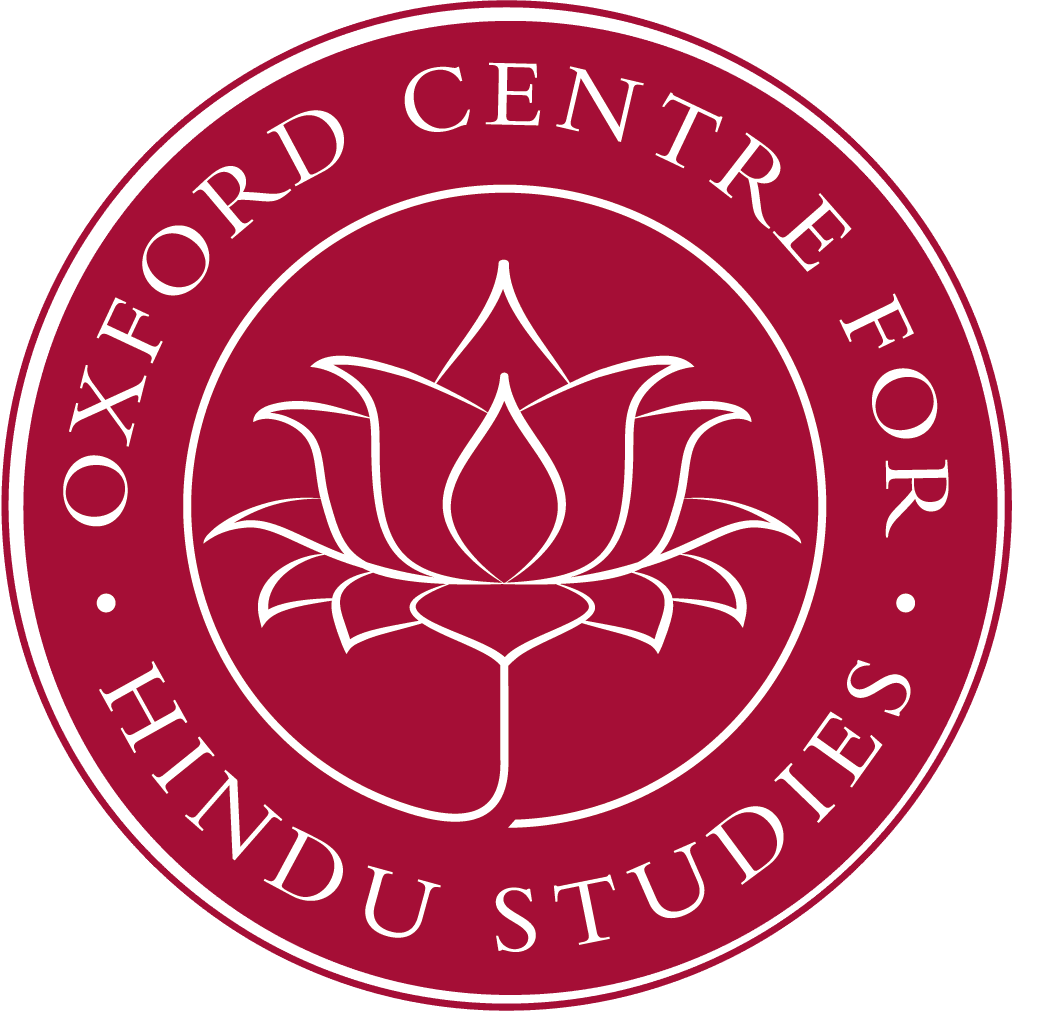On the one hand there is a critique of religion that sees religion in terms of propositions about the nature of the world. On the other there is a reaction to such claims by the rational defence of religion. But both positions fail to understand the true nature and function of religions as action and responses to life, as ways of life and kinds of action that provide frameworks for living and dying, especially in the context of late modernity and what Richard Roberts has called ‘the reconfiguring of the religious field.’ This lecture develops the idea of religion as action which is also an orientation towards meaning and transcendence; an orientation to understanding life as a journey for both individuals and communities, a journey that can have an end in a ‘liberation’ or a ‘heaven’ or some variation of an ideal of perfection. Religion is always teleological and orientated towards transcendence of the human condition; religion is predominantly soteriological. The theoretical apparatus behind some of this thinking lies in Bakhtin’s Towards a Philosophy of the Act in which he presents a distinction between the world of culture (which contains various theoretical frameworks such as philosophy, sociology, politics) and the world of life, the world in which we live our lives and die and in which acts are accomplished once and for all (and only once) as being is unrepeatable action (Being-as-event). The theory of religious action I am proposing claims that religious action is a penetration of being-as-event, that it is not restricted to the world of culture but is the only practice and discourse that attempts to penetrate, order and make sense of world of life. This world of life is a synonym for the strangeness of the world.
It follows from this is that the heart of religion is human action that forms a kind of subjectivity. This action and its accompanying subjectivity is formed only in inter-subjective, tradition specific ways that entail a particular kind of orientation towards the future. This orientation entails hope or anticipation of the future and a retrieval of meaning from the past (expressed as text) which are realised in present action. The sacred text from the past is brought to life through ritual in the living context of present speech for a particular speech community. Religious actions and their accompanying kinds of speech foster a subjectivity, inwardness, or interiority which is the realisation of a religion’s claims, a soteriology, and the projection of a narrative into the future. This kind of inwardness feeds back into the community as a source of life, of new interpretations, and of new vision.
